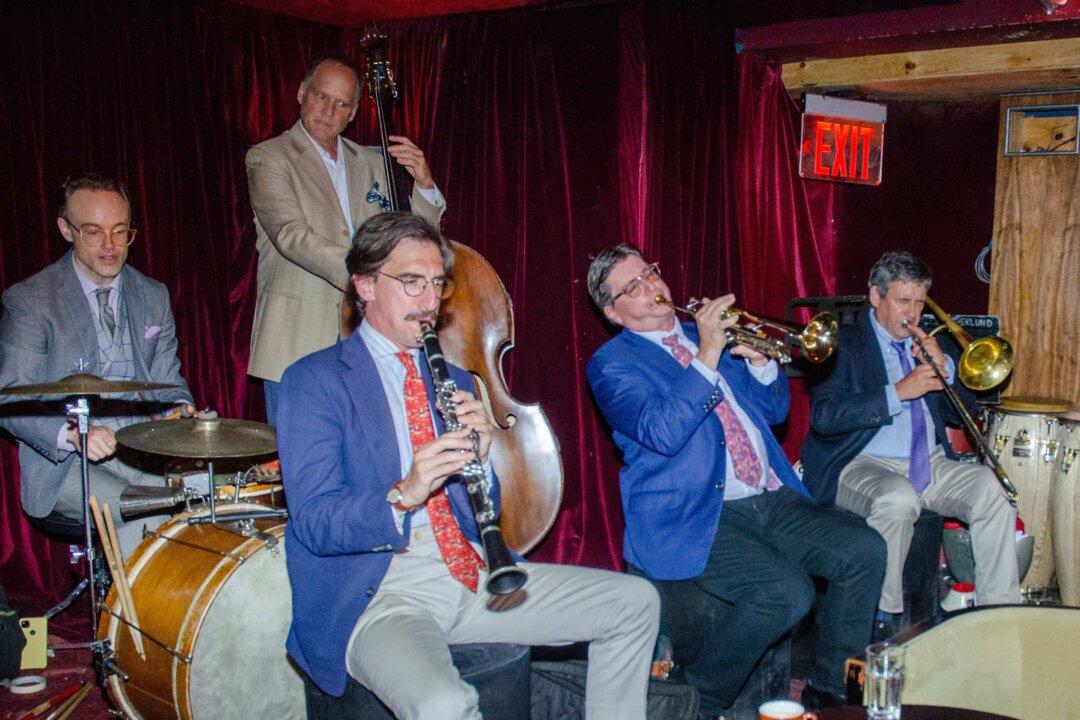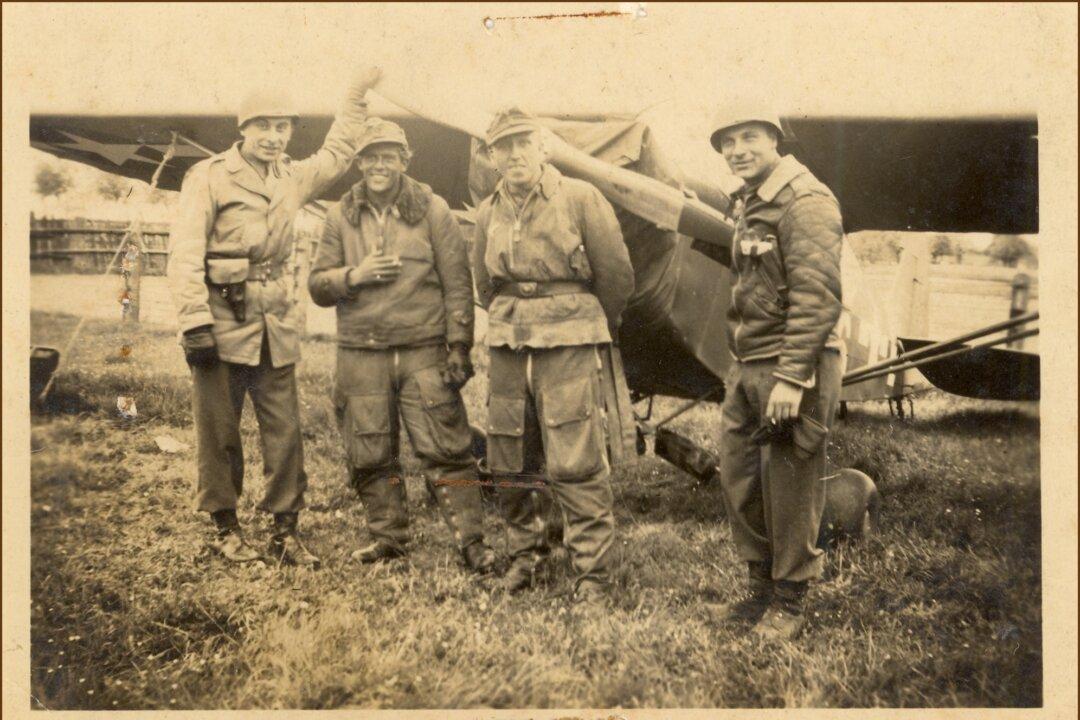Americans have a love affair with trains. The Broadway musical “On the Twentieth Century” and the Cary Grant-starring feature film “North by Northwest” both glorify the heyday of the 20th Century Limited, the most famous sleeper train in the world.
Young children sit fascinated as they watch freight trains roll by. Even metropolitan subway systems have been featured in many movies, as well as The Kingston Trio’s song, “M.T.A.” and Duke Ellington’s classic song, “Take the A Train.”






